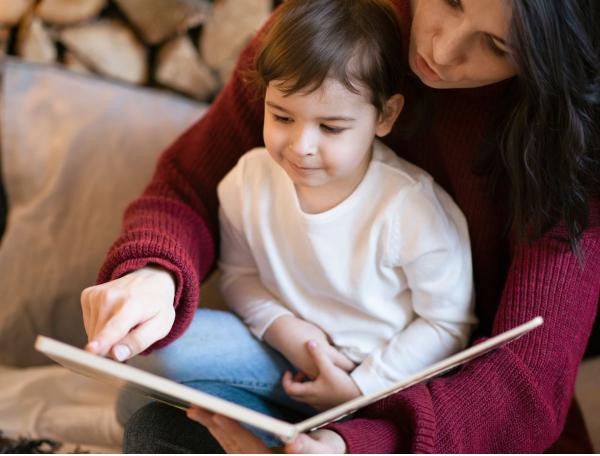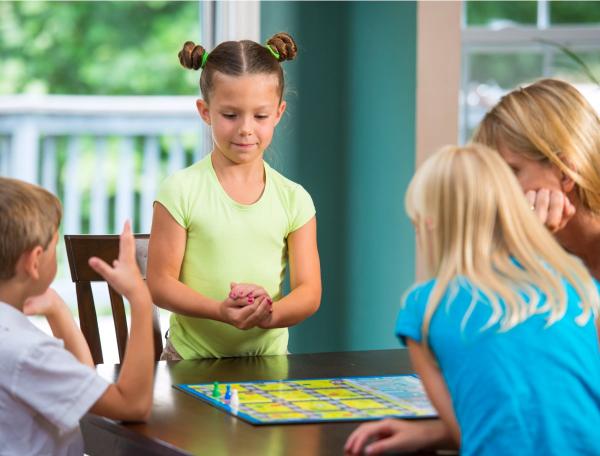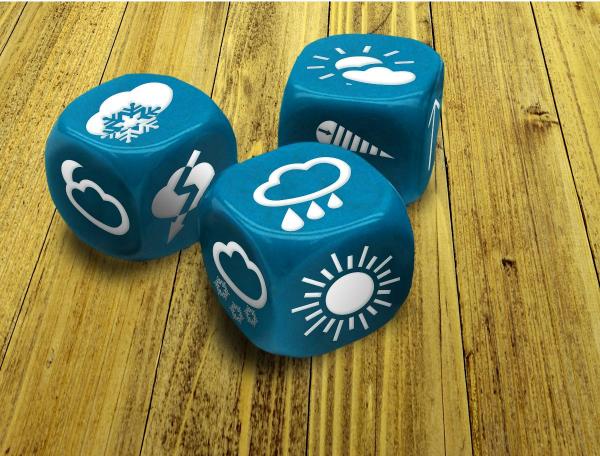Predicting the future

Developed in partnership with Education Services Australia
The Australian Curriculum sets the goal for what all students should learn as they progress through their school life. Skills in the Year 1-2 curriculum include:
- predicting events using images as clues
- putting events into the correct order.
It’s easy to help your child practise these skills as part of everyday life – just use these simple ideas.
Use clues
Effective readers use clues such as images, titles, captions, headings and personal experiences to predict what a text is about. So when you are reading with your child, use these tips to help your child learn how to use clues to make predictions:
- before opening the book, prompt your child to look at the cover and see if there are any clues in the title or the pictures
What do you think this story is about? Is it a real story or an imaginary story? - during the story, stop at key points and invite your child to predict what's going to happen next
Do you think his father will find him? Why do you think that? - if your child isn't using clues, point out a clue and make your own prediction
Look at how angry the monster looks, I think he's going to eat them! What do you think? - at the end of the story, talk about the predictions your child made
You thought that the kitten would turn out to be a hero, and you were right. Well done for spotting the clue in that picture!
Making predictions is an important thing to practise, but don't overdo it. If your child is getting tired of talking about the book, just read it and enjoy!
Go online
For online reinforcement, Dragon's jumbled dream will give your child practice at:
- using picture clues to predict the sequence of a story
- putting a jumbled story into the correct sequence
- joining the sentences using connecting words.
[1-2Learning]








